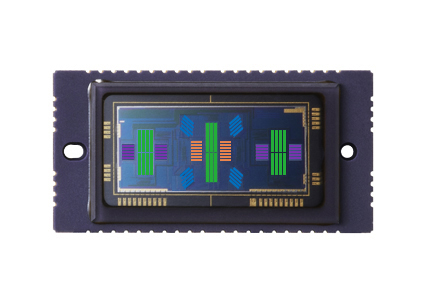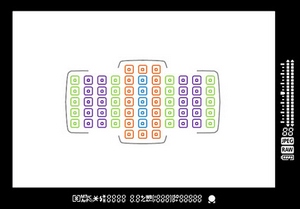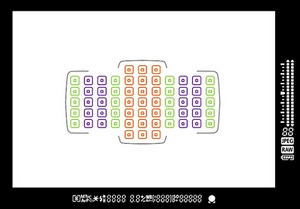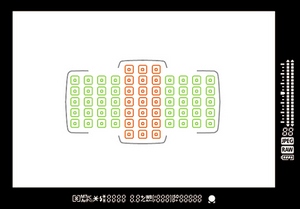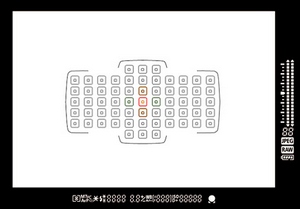Tag: EOS-1D X, EOS-1D C, EOS 5D Mark III, Autofocus, 61-point AF
The 61-point high-density reticular AF sensor requires a wide incoming beam of light in order to increase the number of AF , but the size of the beam depends on the lens. AF systems of earlier EOS cameras were designed for a beam size that matched the greatest number of EF lenses to en-sure that all EF lenses could be used with similar ease. However, development and incorporation of intelligent viewfinders have made it possible to display different AF points depending on the lens, and so AF design ideas evolved toward fully exploiting the incoming beam available with each lens. AF points and focusing patterns are optimized for each type of lens.
The 61-point high-density reticular AF sensor provides a maximum of 41-point high precision cross-type AF sensor for lens with f/4 or larger aperture. The cross-type AF points are widely distributed throughout the whole AF area, with 21 point at the center and 10 points each on left and right. For lens with f/5.6 aperture, the AF sensor still provides 21-point cross-type AF sensor at center. The camera only shows AF points and pattern that can be used with the lens currently attached thanks to the introduction of intelligent viewfinder. In addition, cross-type points are illuminated while all other points flash on and off during AF point selection. Users don’t need to think twice about using a lens.
|
||||||||||||||
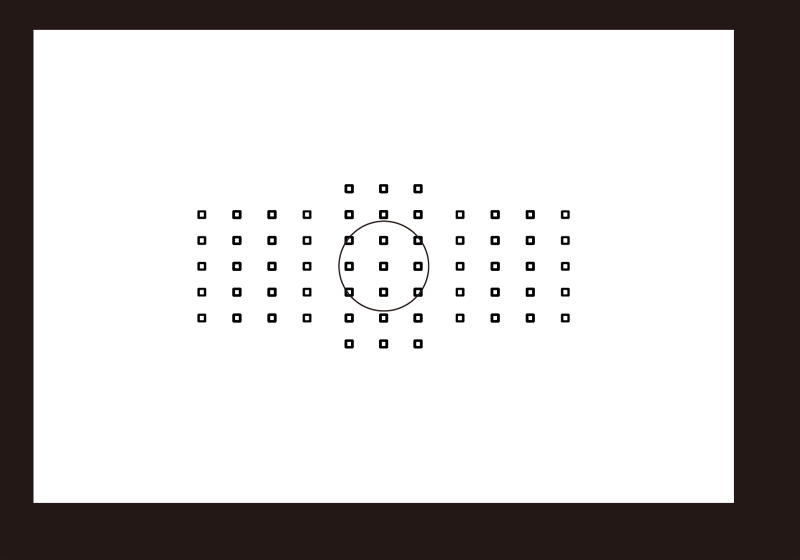
Non cross-type AF points flash on and off in viewfinder during AF point selection
Lens maximum aperture and Cross-Type AF points
|
The number of usable AF points on 61-point AF System will differ depending on the lens. The lenses are classified into 9 groups from A to I. Check below link for which group your lens belongs to. (When using a lens from Group F to H, fewer AF points will be usable)
http://www.canon.com.hk/en/product/catalog/getProductTag.do?tagID=4672


